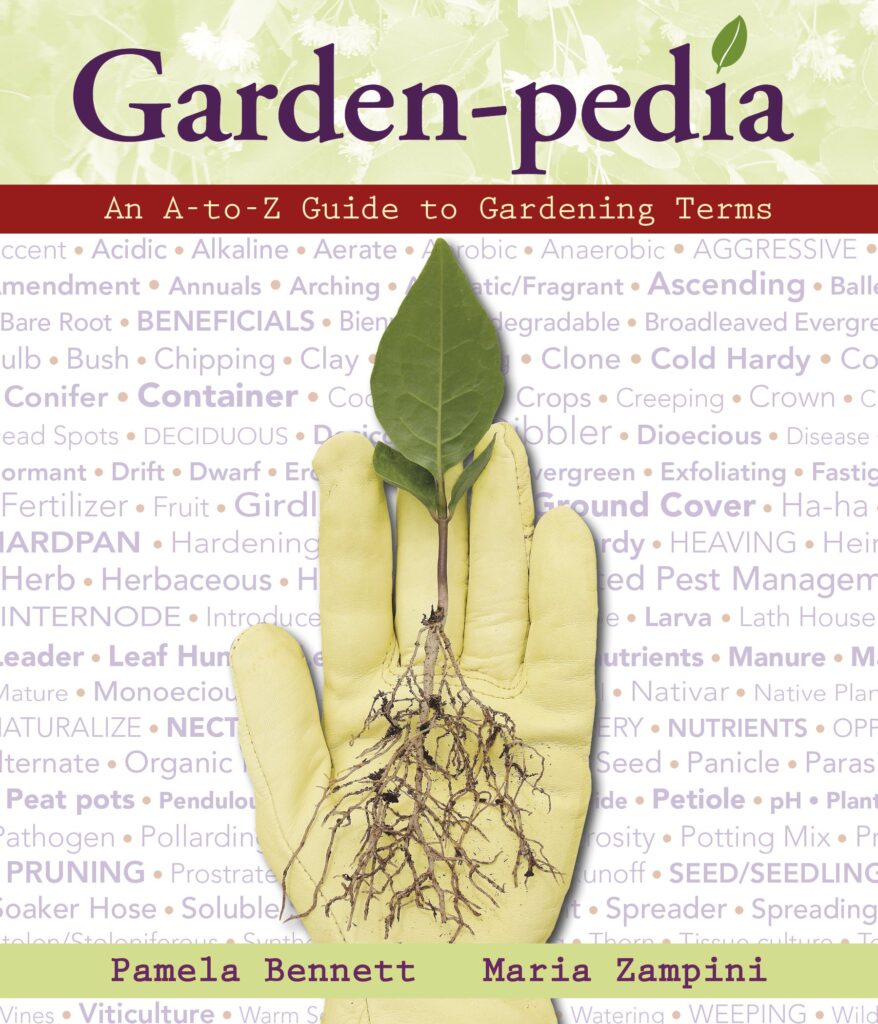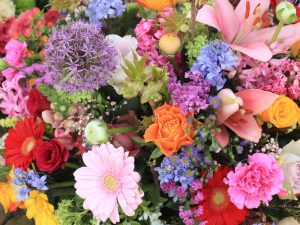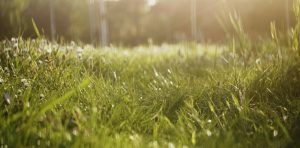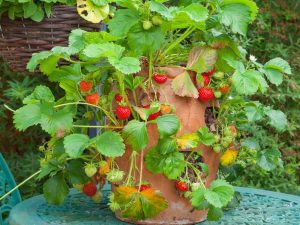Last Updated on September 3, 2021 by teamobn

If you are new to gardening, you are likely to run into difficulty deciphering certain terminologies in gardening books and blogs. In fact, you might even find a number of phrases and words in seed packages utterly bewildering. Don’t despair. No expert gardener would ever question your intelligence because of it.

The linguist will tell you that practical, everyday communication is built on grammatical simplicity and a scant – and therefore manageable – vocabulary. In comparison, scientists and experts in every field communicate with each other in a distinct, highly specialized dialect.
The poet, Robert Graves, once famously asserted that some of the worst offenses against proper English are to be found in this type of specialized verbiage.
Gardening Terms You Should Know
Contents
It is easy enough to find proof to support Graves’ claim. Often, as it happens, publishers or special events organizers will ask an expert to write a book or deliver a lecture on his expertise. On such occasions, the expert is rarely able to translate all his ideas in a language that is immediately intelligible to a general audience.
Be that as it may, below are a few gardening terms every beginner should know to ensure a smoother learning process and – hopefully – a better first harvest.
General Gardening Terminology
- Chlorosis · abnormal reduction or loss of the normal green coloration of leaves of plants
- Cold frame · an unheated structure, usually made of wood and covered with glass or plastic, used to protect plants from frost
- Deadhead · a faded blossom on a flowering plant
- Dead-heading · pinching or snipping off spent flowers.
- Direct sowing · planting seeds in the garden, as opposed to germinating seeds indoors
- Full-sun · minimum amount of light a sun-loving plant needs to thrive, at least six hours of direct sunlight each day
- Hardening-off · the process of acclimating plants to the outdoors
- Hardiness zone · a geographic area defined to encompass a certain range of climatic conditions relevant to plant growth and survival
- Hybrid · the offspring of two plants of different species or varieties
- Naturalized · plants that have become established as a part of the plant life of a region other than their place of origin; landscaping technique that incorporates local native plants into the design
- Pruning · process of removing dead, diseased, or damaged leaves or branches from plants
- Raised bed · an area of ground that has been elevated and specially prepared so that plants can be grown in it
- Side-dressing · application of fertilizers in a shallow furrow or band along the side of a vegetable row or in a circle around individual plants
- Staking · supporting a tree or plant with a stake or stakes
- Thinning · making a planting bed less dense, crowded, or numerous by reducing the number of seedlings
- Transplant · in gardening, to remove plants from one location and replant them in another
- Trellis · latticework that supports climbing plants

Plant and Seed Terminology
- Annual · a plant that has a one-year life cycle
- Bare-root · a plant with its roots cleared of soil in preparation for transplanting
- Biennial · a plant that has a two-year life cycle
- Bolting · a plant’s premature production of seeds or flowering stems
- Cultivar · a plant variety produced in cultivation by selective breeding
- Damping-off ·the rotting of the stem and root tissues at and below the soil surface usually as a result of soil-borne fungal disease
- Deciduous · a plant that sheds its leaves each fall or winter
- Dormancy · a state in which a plant is alive but not actively growing
- Evergreen · a plant that retains its leaves throughout the growing season
- Frost date ·average date of the first or last light freeze that occurs in spring or fall
- Genus · a category of plants that have common characteristics
- Germination · the development of a plant from a seed or spore
- Groundcover · a low-growing, spreading plant that covers the ground
- Heirloom · an old, open-pollinated cultivar of a plant grown and maintained by gardeners and farmers
- Humus · decomposed material that forms the organic portion of the soil
- Native · a plant of indigenous origin
- Open pollination · natural plant propagation through the wind, insect activity, or soil movement
- Ornamental · plants grown solely for their appearance
- Perennial · a plant that lives through multiple growing seasons
- Pollination · the transfer of pollen from a flower’s stamen to the pistil, which results in the forming of a seed
- Self-pollinating · pollination by pollen from the same flower or from another flower on the same plant
- Woody · a plant that produces wood as its structural tissue

Soil Terminology
- Acidity · the level of acid in the soil, measured in pH
- Bone meal · a type of fertilizer made from animal bones
- Clay · sticky fine-grained earth, typically yellow, red, or bluish-gray in color, often forming an impermeable layer
- Compost · decayed organic matter used as a soil conditioner, mulch, or fertilizer
- Loam · soil that contains roughly equal parts of sand, silt, and clay.
- Micronutrients · trace amounts of minerals essential for plant development, including chlorine, molybdenum, copper, iron, manganese, zinc, and boron
- Mulch · a protective covering (as of sawdust, compost, or paper) spread on the ground to reduce evaporation, maintain even soil temperature, prevent erosion, control weeds, enrich the soil, or keep fruit clean
- pH · measure of the soil’s acidity or alkalinity ranging from 0 to 14
- Sand · the largest particles of mineral components in soil
- Silt · soil containing 80 percent or more tiny rock particles and less than 12 percent clay
- Soil texture · proportion of clay, silt, and sand in the soil
- Tilth · the condition of tilled soil, especially its suitability for sowing seeds
- Vermiculite · a light, spongy mineral (also called “mica”) heated to the point of expansion and used to retain water and air in plant growing media
- Waterlogged · a state of being completely saturated with water

Understanding the Jargon
Gardening is a fulfilling and rewarding hobby. Not only does it involve good physical exercise, but it also improves mental health and well-being. After all, there are few things more gratifying than the sense of accomplishment that comes with growing your own flowers, fruits, and vegetables.
But gardening is by no means a walk in the park. Success requires hard work and a great deal of research. Often enough, however, consulting gardening magazines, books, radio shows, or websites for advice will only further the beginner’s confusion.
While veteran gardeners understand gardening jargon, the same language may well befuddle the newcomer – and everybody else, for that matter. We hope the guide above helps to clear at least some of the neophyte’s inevitable – and perfectly understandable – confusion.








